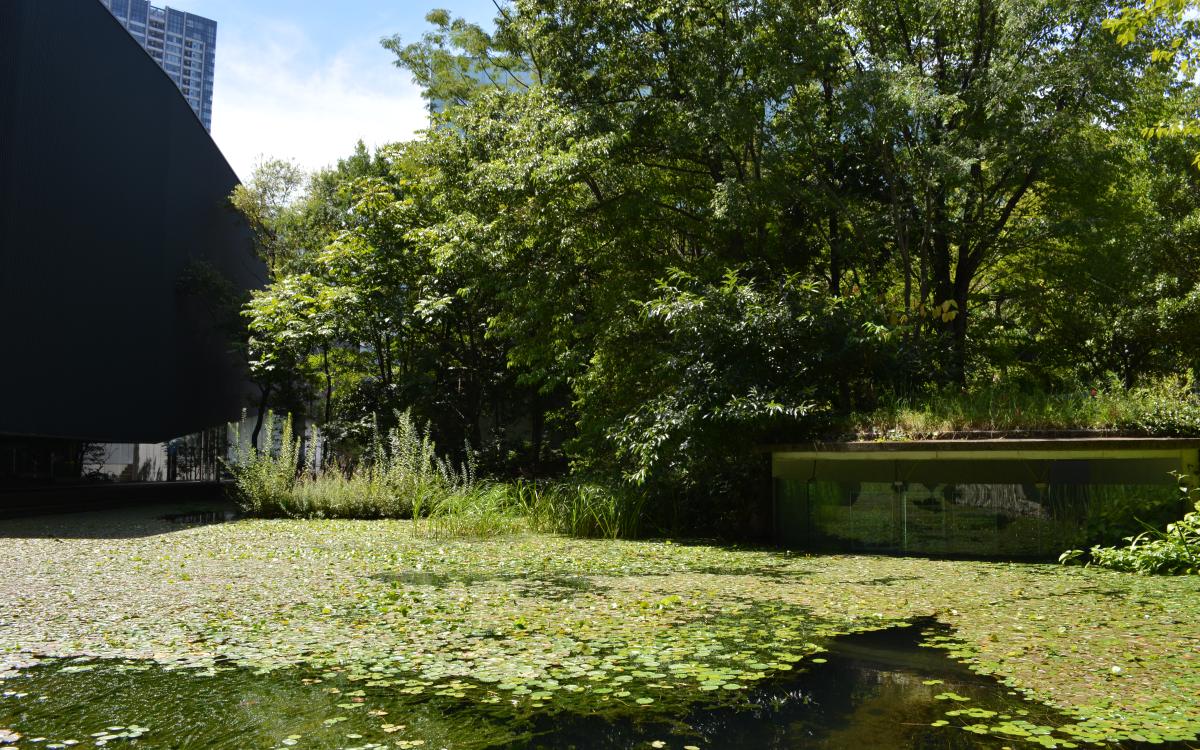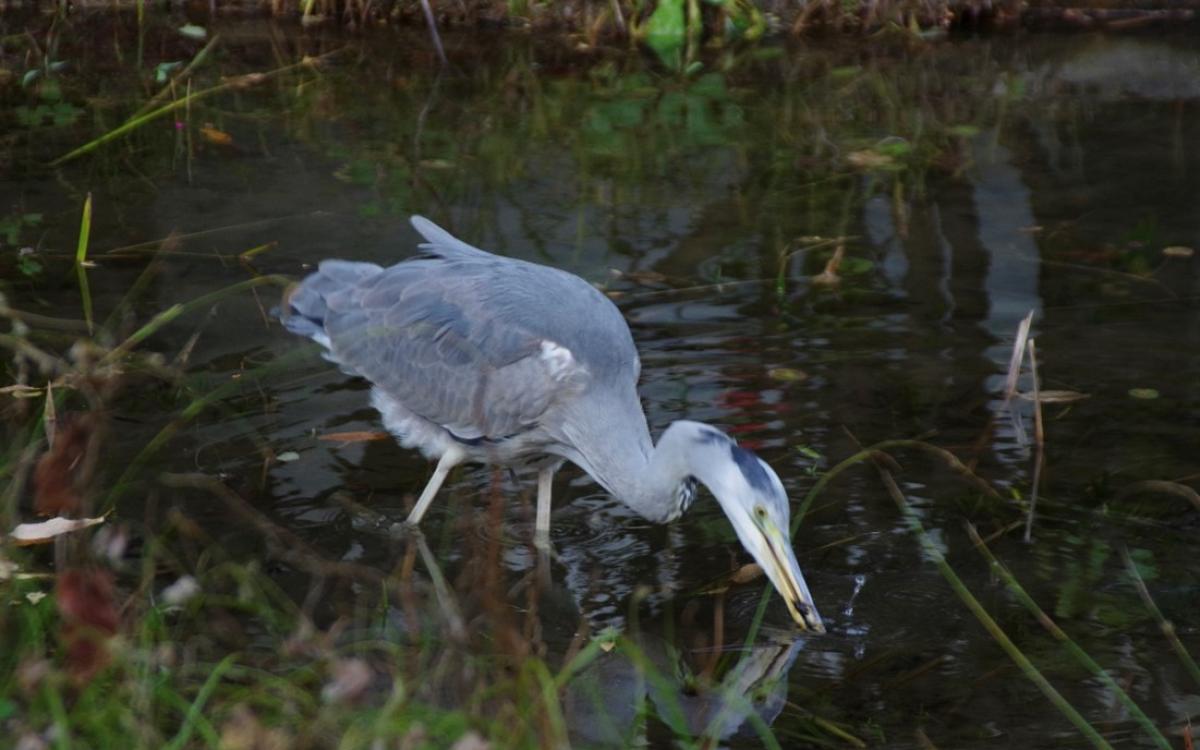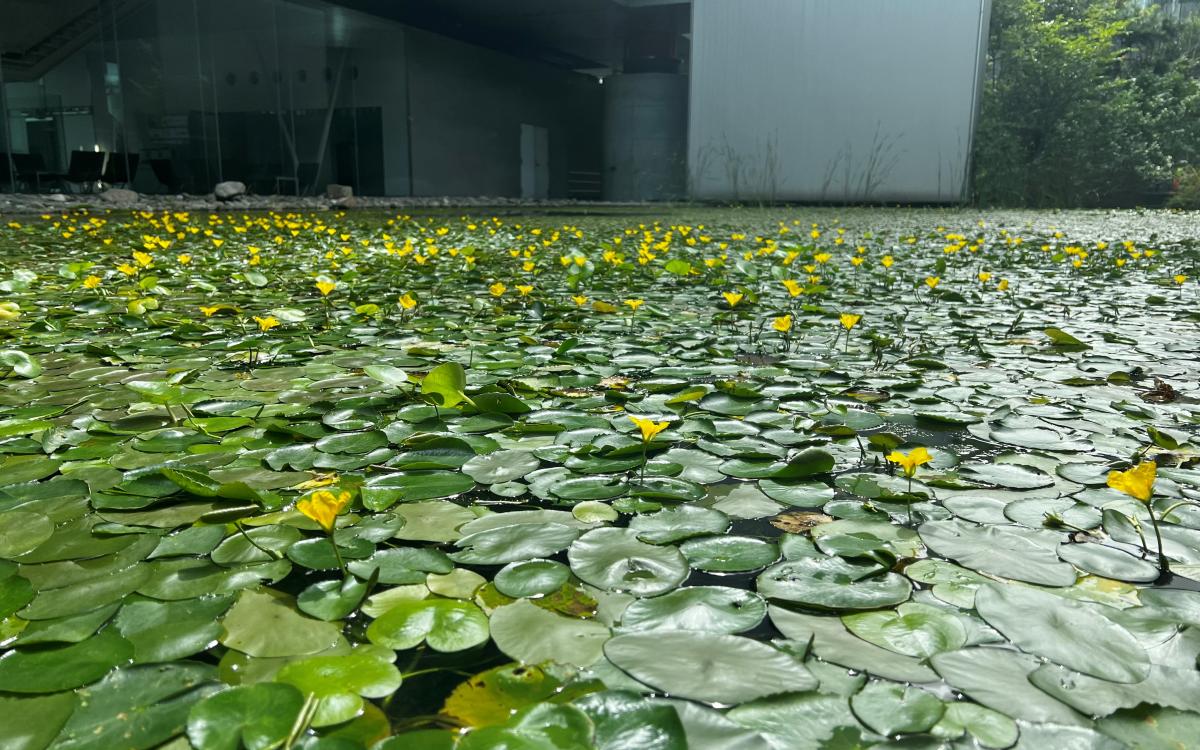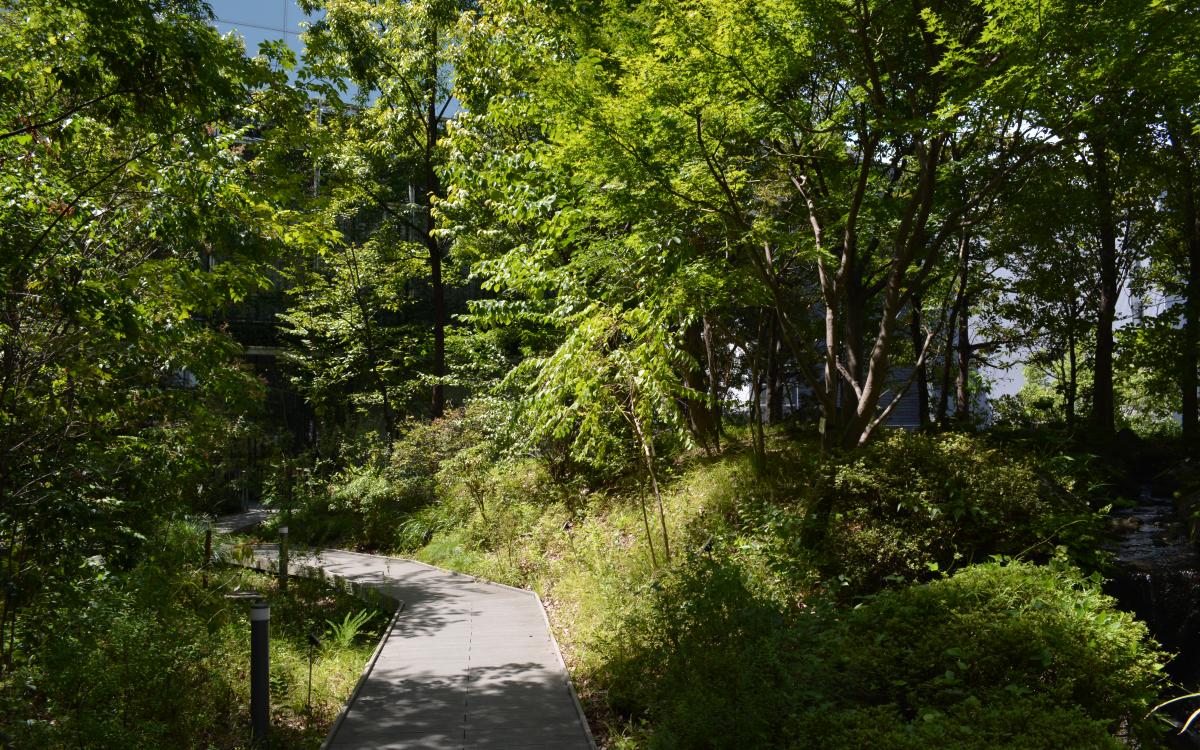Tokyo, Tokyo
Japan
The Saisei-no-Mori Urban Biotope at the Shimizu Corporation Institute of Technology has been a pioneering urban ecological restoration project since 2006. Designed as a field for biodiversity conservation, this 2,000-square-meter green space was established on a former reclaimed land site in the Tokyo Bay area. By integrating both terrestrial and aquatic ecosystems with a focus on native species, the project has successfully created a habitat that supports diverse flora and fauna.
Through adaptive management and long-term ecological monitoring over the past 15 years, more than 300 species, including endangered ones, have been consistently recorded despite the site's proximity—only about 4 km—from central Tokyo. Notably, the aquatic environment, habitat to rare aquatic plants and algae, frequently attracts waterfowl and dragonflies, enhancing the local ecological network. In addition to its environmental significance, the Saisei-no-Mori Urban Biotope serves as an educational platform for environmental learning and community engagement through nature tours and educational programs. In 2023, the project was officially recognized by Japan’s Ministry of the Environment as a Japanese Other Effective Area-Based Conservation Measure (OECM) site.
This project implements various sustainability measures based on its core concept: regenerating a harmonious relationship between humans and nature in an urban setting. Below are its key features:
Green Space Design Harmonizing with the Local Ecosystem
The Tokyo Bay area has undergone extensive land reclamation since the early Edo period (1600s), transforming the natural landscape of rivers, canals, tidal flats, and woodlands. Reflecting this historical ecology, the Saisei-no-Mori Urban Biotope has been designed to include ecotones—gradual transitions between aquatic and terrestrial environments—to foster a diverse range of plant and animal species.
At the time of its establishment in 2006, approximately 200 plant species, all sourced from the Kanto region to prevent genetic disturbance, were introduced. The topsoil, a byproduct of construction sites sourced from nearby farmland and paddy fields, was carefully selected to facilitate the early recovery of native vegetation through seed banks. Additionally, simulations based on ecological surveys of surrounding green spaces helped optimize habitat conditions for key indicator species and strengthen ecological networks. The project follows a strict sustainable sourcing policy, ensuring that any new plant introduction must be either native species or species well-suited to the site’s conditions.
Long-Term Monitoring and Adaptive Landscape Management
For over 15 years, the Saisei-no-Mori Urban Biotope has been continuously monitored to track ecological changes and refine its management practices. Adaptive maintenance strategies, such as selective weeding to preserve key species, varied intensity of habitat management, and minimizing the use of chemicals, have been implemented.
Long-term monitoring confirms that the site provides a stable habitat for diverse flora and fauna. The aquatic environment, rich in aquatic plants and algae, serves as a feeding and resting ground for herons and spot-billed ducks, while also supporting dragonfly breeding. As a key node in the ecological network, the site has sustained over 20 endangered species and functions as an ex-situ conservation area for rare native plants.
Furthermore, the project has significantly improved the site's hydrology. Previously covered with buildings and pavement, the land has been transformed into a permeable green space that facilitates rainwater infiltration and retention. On land, tree canopies intercept rainfall, while artificial mounds help retain surface water within the site. Meanwhile, the aquatic area has been designed to maximize open water surfaces, and part of the rainwater from adjacent buildings, which was previously discharged directly into the sewer system, is now redirected into the pond for temporary storage. These efforts enhance the resilience of both the site and its surrounding environment.
Promoting Biodiversity Education and Expanding Community Nature Experiences
Despite being a secured research facility, the Saisei-no-Mori Urban Biotope actively serves as a platform for biodiversity education and community engagement. The project hosts guided nature tours for local residents and provides educational opportunities for children to learn about biodiversity.
Through programs such as the Shimizu Open Academy, the project has offered a variety of educational initiatives for youth since 2008. Excluding the COVID-19 pandemic period, these programs have welcomed over 3,000 participants annually, including children, local residents, and employees of Shimizu Corporation and its affiliates. Additionally, partnerships with local NPOs and citizen groups have facilitated nature experience programs for infants and parents, as well as special tours for families and senior citizens, further expanding urban nature engagement opportunities.
By integrating ecological restoration with education and community involvement, the Saisei-no-Mori Urban Biotope serves as a model for sustainable urban biodiversity conservation, demonstrating the possibilities of coexistence between humans and nature in a metropolitan environment.





